Chapter 6
Social Groups and Organization
By Boundless
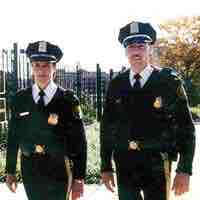
A social group is two or more humans who interact with one another, share similar characteristics, and collectively have a sense of unity.
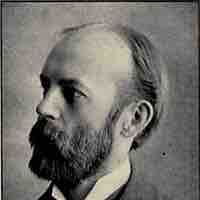
A primary group is typically a small social group whose members share close, personal, enduring relationships.
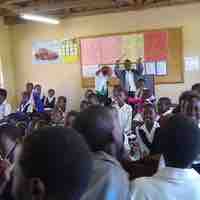
Secondary groups are large groups whose relationships are impersonal and goal oriented; their relationships are temporary.
In-groups are social groups to which an individual feels he or she belongs, while an individual doesn't identify with the out-group.
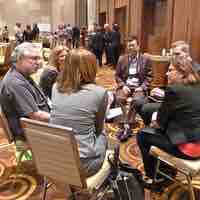
Sociologists call any group that individuals use as a standard for evaluating themselves and their own behavior a reference group.

A social network is a social structure between actors, connecting them through various social familiarities.
On the Internet, social interactions can occur in online communities that preclude the need to be face-to-face.
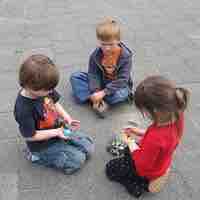
Social groups are defined and separated by boundaries.
Leadership is the ability to organize a group of people to achieve a common purpose.

Decision-making is the mental processes resulting in the selection of a course of action among several alternative scenarios.
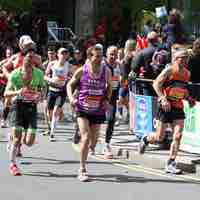
Goal setting involves establishing specific, measurable, achievable, realistic, and time-targeted (S.M.A.R.T. ) goals.

The behavior of group members can be controlled indirectly through group polarization, groupthink, and herd behavior.

Formal structure of an organization or group includes a fixed set of rules for intra-organization procedures and structures.
The informal organization is the aggregate of behaviors, interactions, norms, and personal/professional connections.

"Gemeinschaft" (community) and "Gesellschaft" (society) are concepts referring to two different forms of social organization.
Mechanical and organic solidarity are concepts referring to different modes of establishing and maintaining social order and cohesion.

A bureaucracy is an organization of non-elected officials who implements the rules, laws, and functions of their institution.
Weber identified in bureaucracies a rational-legal authority in which legitimacy is seen as coming from a legal order.
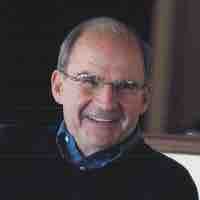
Sociologist George Ritzer theorizes "McDonaldization" as a contemporary form of rationalization.

Since it is easier for fewer people to agree on goals and to coordinate their work, smaller groups are more cohesive than larger groups.
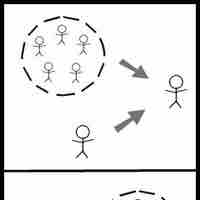
Size (number of people involved) is an important characteristic of groups, organizations and communities in which social behavior occurs.

The Asch conformity experiments were a series of studies conducted in the 1950s that demonstrated the power of conformity in groups.
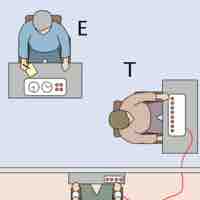
The Milgram experiment found that most people are willing to obey authority figures over their personal objections.
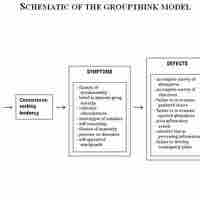
In groupthink, each member of the group attempts to conform his or her opinions to what he or she believes is the consensus of the group.

Mechanical solidarity is found in less structurally complex societies while organic solidarity emerges in industrialized societies.

Introduced by German sociologist Ferdinand Tönnies, Gemeinschaft and Gesellschaft are two conceptual models for types of human association.

Lenski's sociological evolution approach views technological progress as the most basic factor in the evolution of societies and cultures.